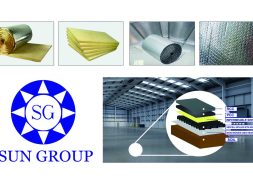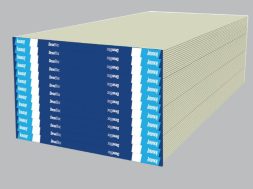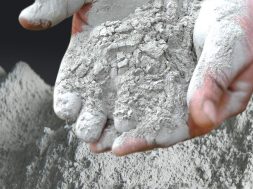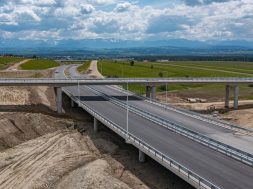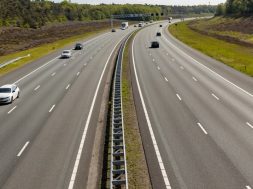Smart Engineering improves high-rise safety and efficiency

Ar. Ashish Bhargava promotes technology-driven, sustainable high-rises. Discover how cutting-edge solutions keep modern skyscrapers safe, energy-efficient, and comfortable.
Ar. Ashish Bhargava, Founder & Principal Architect, feels that high-rise buildings are complicated structures that require a combination of advanced engineering, cutting-edge technology, and sustainable design to work well. To ensure safety, comfort, and long-term performance, all aspects must be optimised, from the outer facade to inner systems such as lifts and water management. In this in-depth investigation, we will look at important components—façades, fenestration, lighting, lifts, and pipes—and how their design and innovation can have a substantial impact on the overall efficiency and sustainability of high-rise structures.
Façades: Balancing aesthetics and performance
The façade is the defining feature of any building, particularly a high-rise because it determines the building’s look and its relationship with the surrounding environment. High-performance facades are essential for preserving energy efficiency, assuring occupant comfort, and shielding the structure from external stresses like as wind and UV exposure.
• Materials Selection: Materials used in modern facades include glass, aluminium, terracotta, and composite panels, which offer both durability and insulation. Double-skin facades, which use a second layer of glass, form an air buffer that regulates temperature and decreases heating or cooling demands within the building.
• Innovation: Smart façades with electrochromic glass that adjusts to sunlight are gaining popularity. These systems reduce solar heat uptake and the requirement for artificial cooling, resulting in lower energy use. Advanced modelling software enables parametric façade designs, which allow for optimised shading patterns that reduce solar heat while maintaining natural light access.
• Sustainability: Facades with solar panels, known as Building Integrated Photovoltaics (BIPVs), can generate power and contribute to building energy supply. Furthermore, green facades with vertical plants boost insulation, reduce heat island effects, and contribute to better air quality.
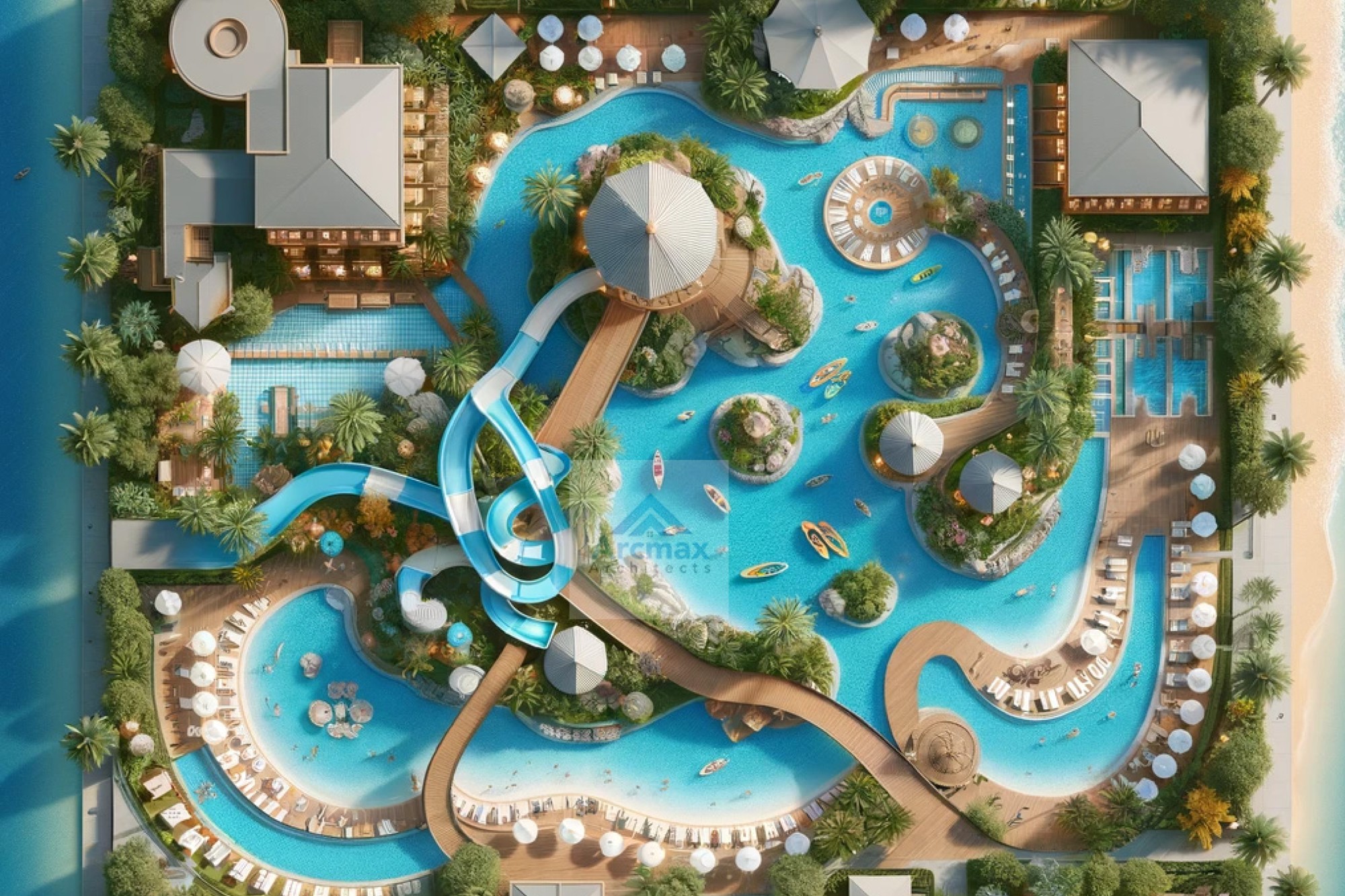
Fenestration Solutions: The importance of window systems
Fenestration is the design and placement of windows, doors, and other openings. Ashish recommends selecting the appropriate fenestration plan for high-rise structures because of the difficult issues of balancing daylight access, thermal comfort, and structural load-bearing capacity.
• Glass Technology: High-rise structures often feature big glass surfaces, which can cause heat gain or loss. High-performance glazing technologies, such as low-emissivity (Low-E) coatings, reflect infrared radiation, keeping interiors cool in summer and warm in winter. Double or triple-glazed windows improve thermal insulation while reducing noise pollution, which is especially important in densely populated areas.
• Dynamic fenestration: Smart glass technologies, such as electrochromic or photochromic windows, modify tint depending on external light conditions. This dynamic behaviour improves occupant comfort while also increasing energy economy by reducing the demand for artificial lighting and air conditioning.
• Curtain wall systems: Curtain wall systems, composed of lightweight materials like glass and metal, allow for flexible design options in high-rise buildings. To prevent wind and water intrusion, modern curtain walls frequently use energy-efficient technology such as insulated glass units (IGUs) and rain-screen systems.
Lighting Systems: Enhancing energy efficiency and occupant comfort
Lighting is a vital component of high-rise structures, influencing energy usage, user experience, and total environmental imprint. Given that high-rise buildings frequently have large interior spaces, the lighting system must be both energy-efficient and adjustable.
• LED Technology: LED technology has transformed lighting in high-rise buildings due to its low energy usage, long lifespan, and low heat production. They are particularly effective when combined with motion sensors or daylight-responsive controllers, which ensure that artificial illumination is only used when necessary.

• Human-Centric Lighting (HCL): This revolutionary approach optimises indoor lighting to correspond with inhabitants’ circadian rhythms, improving well-being and productivity. HCL systems, which alter light colour and intensity throughout the day, can increase mood, reduce fatigue, and encourage healthier sleep patterns for inhabitants in offices or residential high-rises.
• Natural Light Integration: Strategic fenestration can increase daylight penetration and reduce the demand for artificial lighting during the day. Light shelving, reflective surfaces, and open floor layouts can help to cut energy use while creating more pleasant, naturally lighted rooms.
Elevator Systems: Meeting the demands of vertical transportation
The vertical transportation system in high-rise buildings significantly affects efficiency and user experience. As buildings develop taller, lifts must advance to fulfil speed, capacity, and energy efficiency requirements.
• Technology and Innovation: High-rise lifts now use destination control systems (DCS) to organise passengers by destination, minimising wait and travel times. Furthermore, double-deck lifts, which serve two floors at once, improve efficiency by lowering the number of stops required. Although magnetic levitation (Maglev) technology is still in its early stages, it has the potential to revolutionise lift systems by providing faster and smoother rides.
Sustainability Features: Regenerative braking systems in modern elevators convert kinetic energy into electricity, feeding it back into the building’s power grid. This not only improves energy efficiency but also reduces wear on elevator components, extending their lifespan.
Challenges in Tall Buildings: In ultra-high-rise buildings, elevator shaft space becomes a limiting factor. Innovations such as the MULTI system by ThyssenKrupp, which eliminates cables in favour of magnetic propulsion, allow for multiple elevator cars in a single shaft, dramatically increasing efficiency.
Piping and Water Management: Addressing efficiency and sustainability
Water management in high-rise buildings is a key concern due to the necessity for continuous water pressure and proper wastewater treatment throughout all levels. He advises that efficient piping systems be developed to withstand high-pressure demands while using as little energy as possible.
• Piping Materials: High-rise structures now use advanced materials such as cross-linked polyethene (PEX) and chlorinated polyvinyl chloride (CPVC) instead of old steel and copper pipes. These materials are lighter, more flexible, corrosion resistant, and offer greater insulation for hot water systems, resulting in lower energy losses.
• Water conservation systems: High-rise buildings are incorporating grey water recycling systems for non-potable purposes like toilet flushing and irrigation. Rainwater harvesting systems are also becoming increasingly common, which helps to reduce water usage and reliance on municipal sources.
• Sustainable water systems: Efficient plumbing designs that reduce pipe lengths and optimise pump sizes save energy for water heating and delivery. Variable-speed pumps, for example, can vary their output in response to demand, increasing energy efficiency.
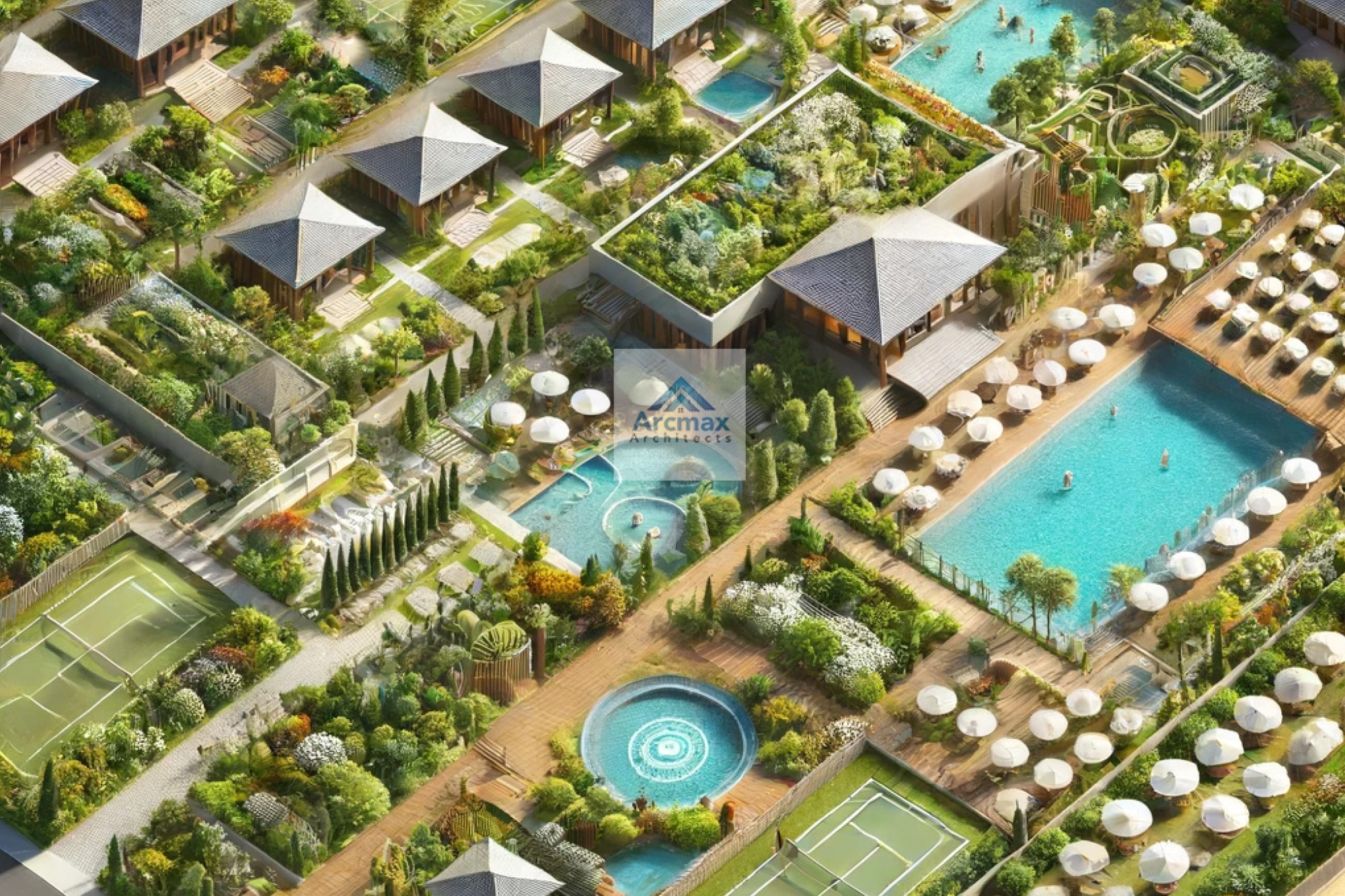
Sustainable and Green Building Standards
Sustainability is a key consideration in the design of modern high-rise buildings. Implementing sustainable techniques decreases environmental effects, improves occupant health and lowers operating expenses.
Energy management systems: Smart building systems that monitor and optimise energy consumption across HVAC, lighting, and other systems are critical for managing energy efficiency in high-rise buildings. These systems can reduce energy waste by automatically altering settings in response to real-time data.
Green certifications: Many high-rise buildings now strive for certifications such as LEED (Leadership in Energy and Environmental Design) or BREEAM. These certifications provide standards for energy efficiency, water usage, indoor environmental quality, and material sourcing, thereby influencing the development of more sustainable buildings.
Ar. Ashish Bhargava boldly states that the efficient operation of high-rise buildings is dependent on the careful selection and integration of important components such as facades, fenestration solutions, lighting, elevators, and piping systems. Advances in technology, along with a growing emphasis on sustainability, are pushing the development of creative solutions that improve the performance of high-rise structures and contribute to a lower environmental footprint. He closes with a forceful and encouraging remark that by including these concerns in the design and construction process, developers can create buildings that are energy-efficient, sustainable, and constructed for the future.
For more details, visit: https://www.arcmaxarchitect.com/
Cookie Consent
We use cookies to personalize your experience. By continuing to visit this website you agree to our Terms & Conditions, Privacy Policy and Cookie Policy.

